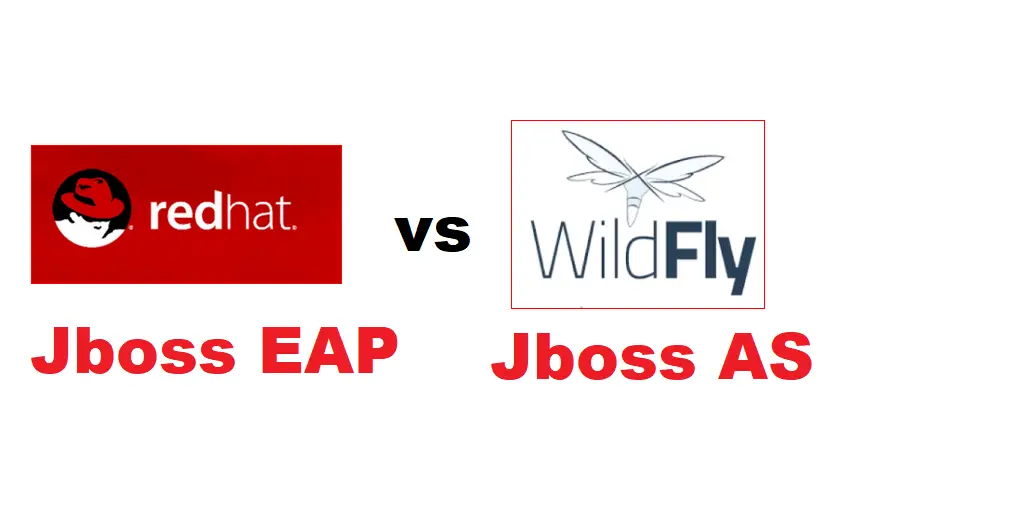Jboss Vs Wildfly

When it comes to enterprise-level application servers, WildFly and JBoss are two of the most popular options available.
Both are open-source platforms that offer robust features and capabilities to support the development, deployment, and management of complex applications. However, there are key differences between the two that are worth exploring in more detail.
What is WildFly?
WildFly is a lightweight, fast, and flexible application server that is designed to run on modern architectures such as cloud, containers, and microservices.
It is an open-source project that is sponsored by Red Hat and is known for its strong support for Java EE technologies.
WildFly offers a modular architecture that allows developers to deploy only the components they need, reducing overhead and improving performance.
What is JBoss?
JBoss is an enterprise-level application server that provides a complete platform for building, deploying, and managing Java-based applications. Like WildFly, it is an open-source project that is sponsored by Red Hat.
JBoss is known for its scalability, reliability, and high performance, making it a popular choice for large-scale applications and mission-critical systems.
Differences between WildFly and Jboss
Here is a comprehensive comparison that outlines the key differences between WildFly and JBoss:
- JBoss EAP (Enterprise Application Platform) Supported by Redhat
- JBOSS EAP is subscription based support
- JBOSS EAP Implements J2EE 7
- JBOSS EAP is well tested, well documented and certified by Red hat.
- JBOSS EAP is used by Enterprises for PRODUCTION use, all releases and maintenances are supported by Red hat
- JBOSS EAP is best suited for PRODUCTION, particularly for Mission Critical applications
- Advanced clustering and high availability features
- Enterprise-grade security features and compliance certifications
- Long-term support (LTS) with regular security patches
- Professional support with SLA guarantees
- Built-in monitoring and management tools
- Comprehensive documentation and training resources
- Widlfy, formarly known as Jboss Application Server Supported by Jboss Community
- Wild fly is Free for all!
- Wildfly Implements J2EE 7
- Community Supported Wildfly is not fully tested and certified.
- Wildfly is mostly used by developers to develop and test middleware Applications, and is supported by jboss community
- Community based Wildfly not suited for PRODUCTION, particularly for Mission Critical applications
- Lightweight and modular architecture
- Faster startup time and lower memory footprint
- Active community development and frequent updates
- Basic clustering capabilities
- Standard security features
- Community-driven support and documentation
Key Technical Considerations
When choosing between JBoss EAP and WildFly, consider these technical aspects:
Performance Metrics
- Startup Time: WildFly typically starts faster due to its modular architecture
- Memory Usage: WildFly has lower memory footprint
- Throughput: JBoss EAP often provides better throughput for enterprise workloads
- Scalability: Both support clustering, but JBoss EAP offers more advanced features
Development Features
- Hot Deployment: Both support hot deployment
- Debugging Tools: JBoss EAP provides more comprehensive debugging tools
- Development Mode: WildFly offers a development mode for faster iteration
- Plugin Ecosystem: Both have extensive plugin support
Use Case Scenarios
Choose based on your specific requirements:
Choose JBoss EAP when:
- Running mission-critical applications
- Need enterprise-grade support
- Require advanced security features
- Need guaranteed SLAs
- Working in regulated industries
Choose WildFly when:
- Developing and testing applications
- Working on non-critical projects
- Need a lightweight solution
- Want to avoid licensing costs
- Have in-house expertise for support
Migration Considerations
If you're considering migrating between platforms:
- Applications developed on WildFly can typically run on JBoss EAP with minimal changes
- Migration from JBoss EAP to WildFly may require additional configuration
- Test thoroughly in a staging environment before production migration
- Consider using the migration tools provided by Red Hat
- Document all custom configurations before migration
Conclusion
In summary, WildFly and JBoss are both powerful application servers that offer unique benefits and features. WildFly is a lightweight, modular platform that is ideal for modern architectures and full support for Java EE technologies.
JBoss is a heavyweight, monolithic platform that provides limited support for Java EE but is designed for larger-scale applications and mission-critical systems. Ultimately, the choice between WildFly and JBoss will depend on your specific application requirements and development goals.
Read Next:
- Jboss Versions
- Jboss Migration
- Wildfly Logging
- How to KILL Wildfly Process
- Wildfly SSL Configuratoin
- Wildfly Standalone Configuratoin
- How to Fix Wildfly Service Errors
- Jboss Datasource Configurations
- Jboss Known Exceptions & Solutions
- Jboss Drools Eclipse Plugin
- Jboss vs Wildfly
- Wildfly Known Issues / Errors
- Wildfly Installation
- Wildfly Known Issues / Errors
Archives
- Jboss Versions
- Jboss Migration
- Wildfly Logging
- How to KILL Wildfly Process
- Wildfly SSL Configuratoin
- Wildfly Standalone Configuratoin
- How to Fix Wildfly Service Errors
- Jboss Datasource Configurations
- Jboss Known Exceptions & Solutions
- Jboss Drools Eclipse Plugin
- Wildfly Installation
- Wildfly Known Issues / Errors